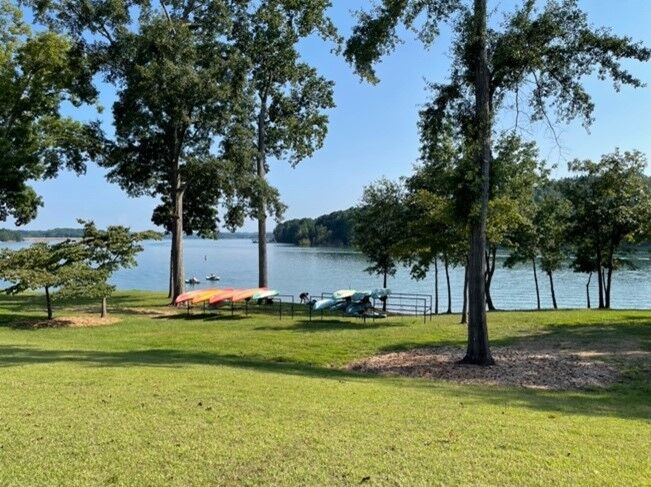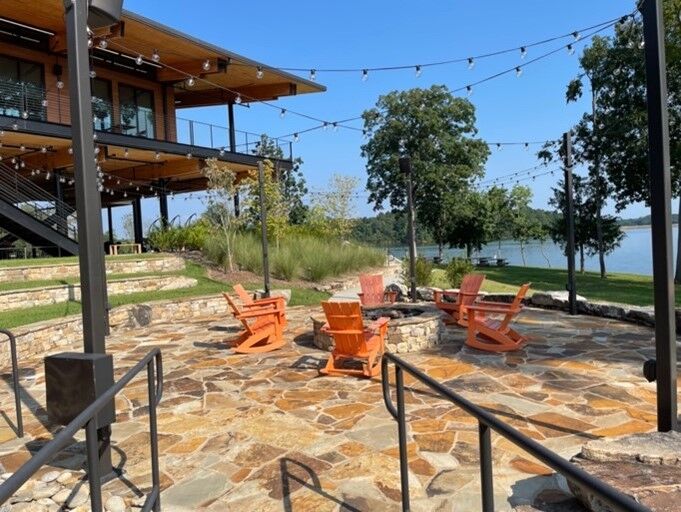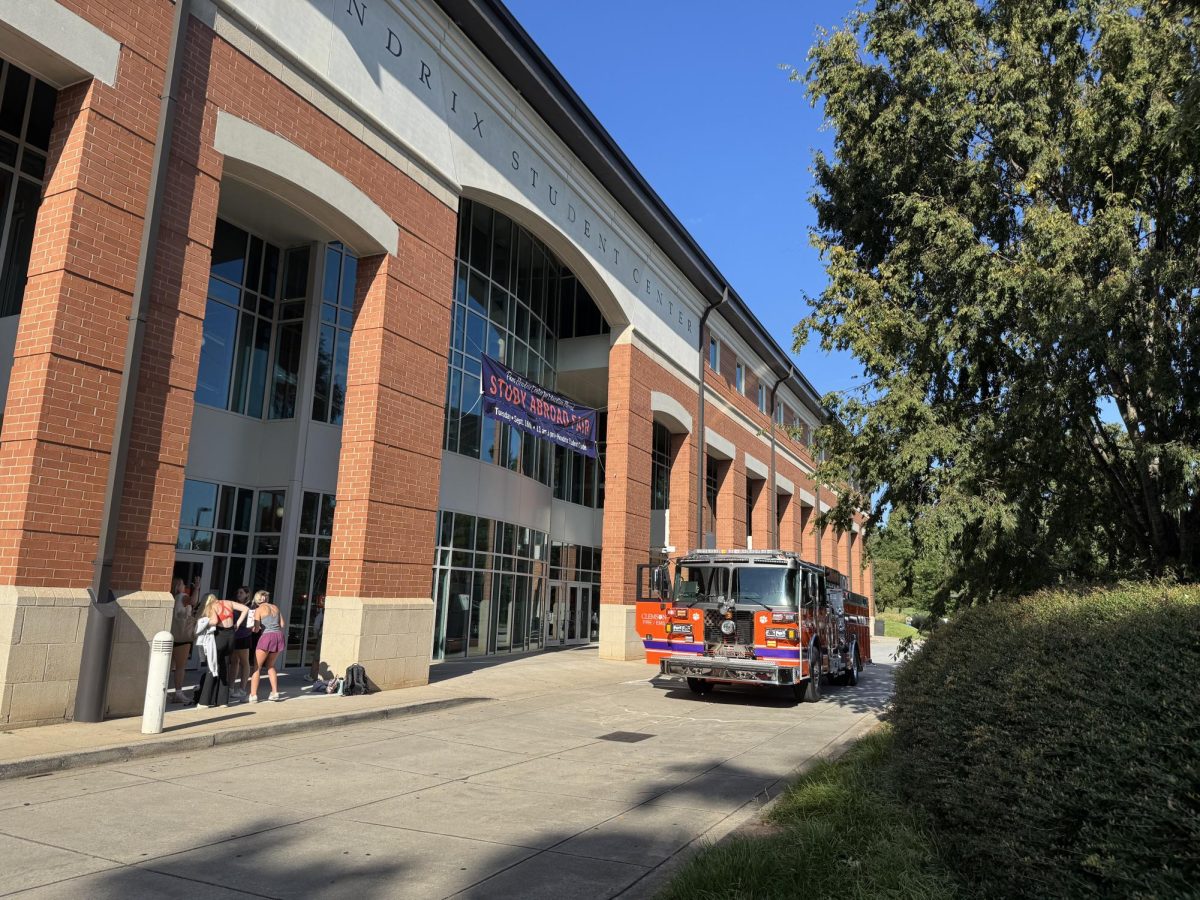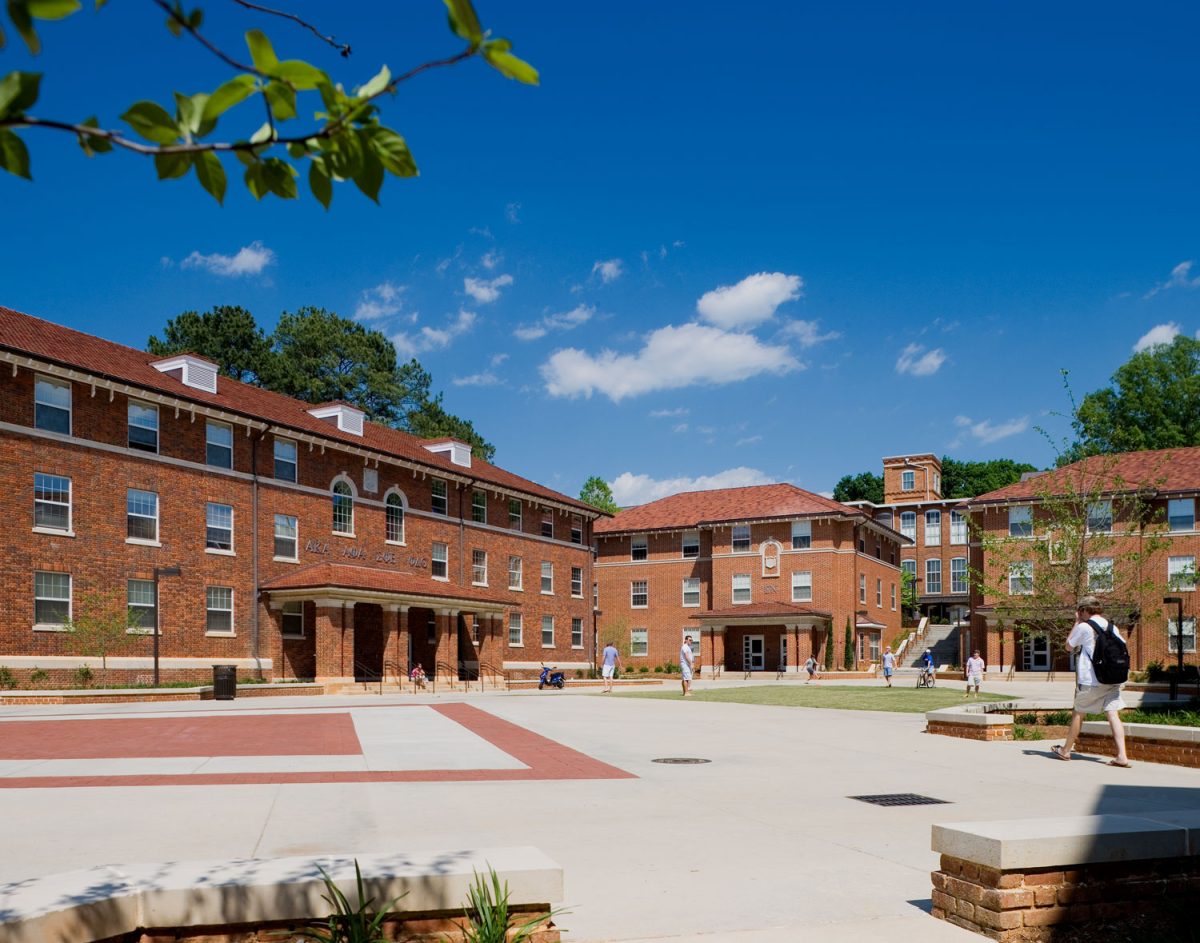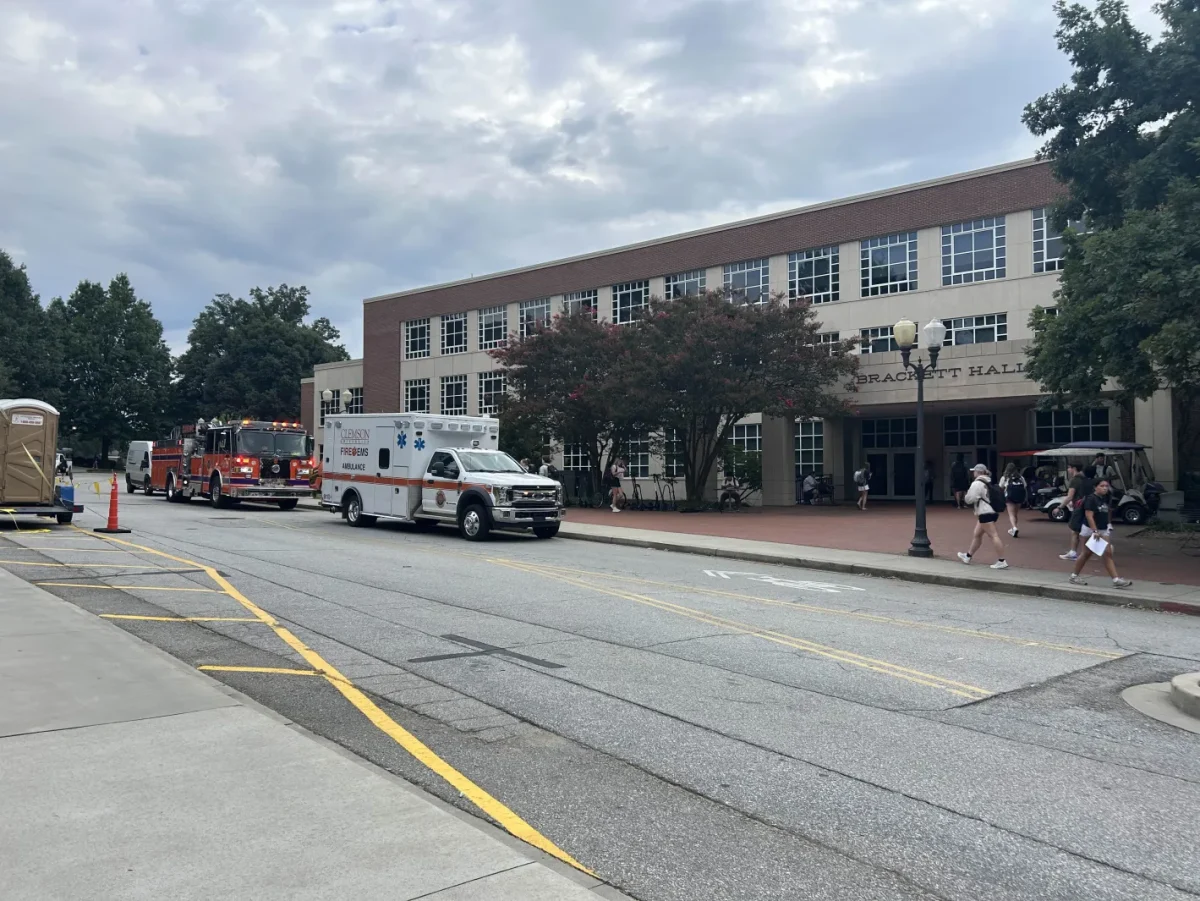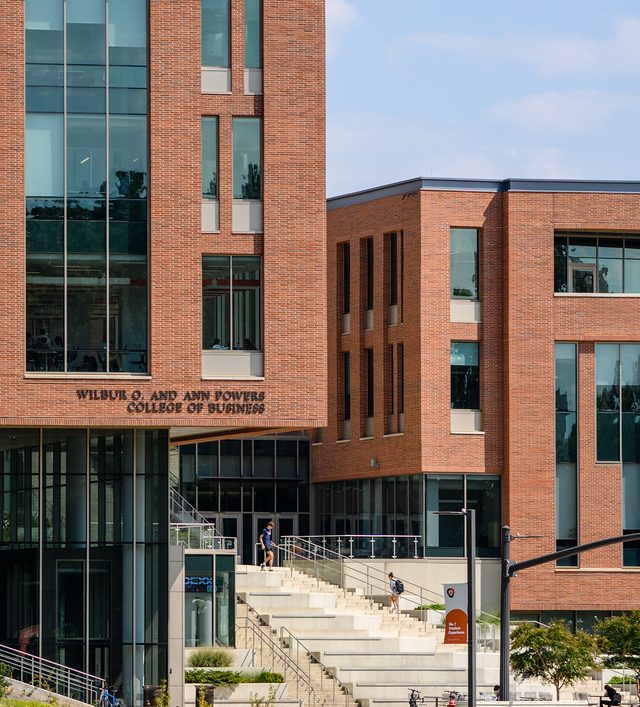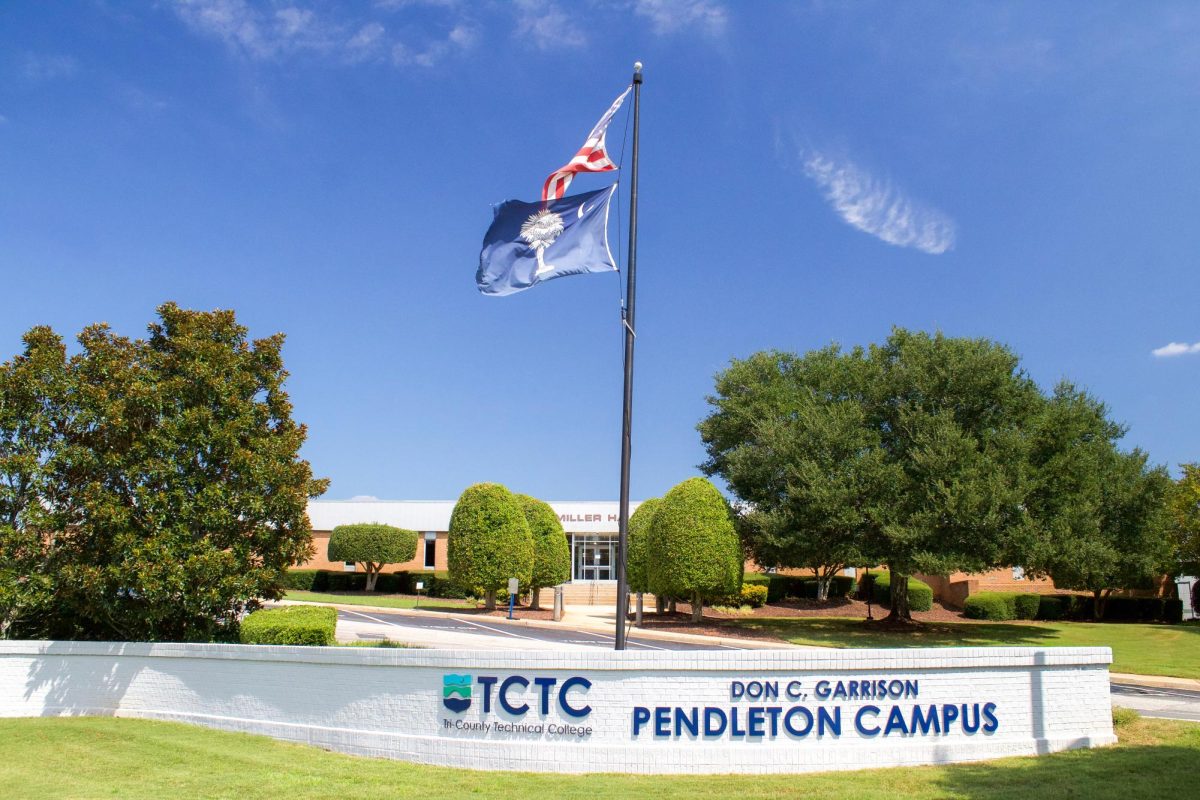Not only is Clemson University known for its academics, but the university is also known for how engaging the students are with the university’s outdoor campus life. Robert Taylor is the director of programs and assessment for campus recreation, and Taylor Williams is the assistant director of outdoor recreation for the Clemson Outdoor Recreation and Education (CORE) program. CORE “strives to be a hub for the Clemson community and the outdoor recreation center for the Clemson students, faculty, and staff members,” said Williams.
The CORE program started out in the mid 1990s as a small outdoor recreation area with a rentals program for kayaks and other outdoor equipment. The program used to be in a small barn, but it is now located at the Snow Family Outdoor Fitness and Wellness Center inside the Andy Quattlebaum Outdoor Education Center, otherwise also known as Andy’s.
Many students are not aware of all the equipment and outdoor trips available at CORE. These amenities include free day use of kayaks, five–dollar paddleboards and multiple trip opportunities offered throughout the year. Trips are designed to be for beginners, so anyone with any skill level is welcome to join. The trips teach students how to use resources such as maps and guidebooks and how to get outside while respecting nature. Mountain bikes and outdoor gear for hiking are also available to rent. There is also a bus that comes directly to Andy’s, and there are multiple study areas available with WIFI connectivity, making it a truly unique area at Clemson.
While other universities have similar outdoor programs, CORE is unique for multiple reasons. Andy’s truly makes CORE a unique building complex. There is a small boat house filled with kayaks, canoes, and paddleboards. There is also a firepit with a small amphitheater area. Clemson has close access to nearby lakes, natural space, and mountainous areas for fishing, hiking and mountain biking. After renting a boat, students just need to walk over to Lake Hartwell, which is directly behind Andy’s, instead of having to travel far to access a lake.
This past year, many students, faculty, and staff have spent time in isolation without much social interaction. CORE recommends signing up for different trips or to just get outdoors. Taylor recommends students sign up for something they are looking forward to learning more about. Taylor says to “not be afraid to take new chances and to be excited to connect to nature since it has been a safe space for us,” especially during a global pandemic. CORE allows students the ability to connect with others who have similar interests, while also learning new skills.
CORE offers many trips that can help connect people together. A great beginner’s multiday trip is the canoeing trip offer in North Carolina. Great day trips are the rafting trips that will start in September. More information about the different trips and registration is on the CORE website. CORE can also organize trips for a club or a small group. If a club or group wants to get involved with CORE, just contact CORE and they will customize a group experience with the skills you want to learn. Stand-up paddle board yoga trips are also offered, which help students relax while also being fun and engaging. A weekend trip CORE recommends is backpacking the Foothills Trail, located about 50 minutes away from campus.
The future of CORE is to “expand awareness to the students and university on what is available at CORE and to continue to increase building the outdoor community with the outdoor space on campus and the trips that are offered” according to Taylor.
Clemson has been a part of many new projects to help with climate change and to create a sustainable campus environment. The CORE building was designed with sustainability and has achieved two Green Globe Certifications, which is an assessment of the sustainability performance of travel and tourism businesses. Williams says CORE teaches sustainable recreation including the Leave No Trace principle, which is to enjoy the outdoors without disrupting nature. To be able to create positive changes with the environment, students must start having a care for the environment. Taylor believes “by introducing nature to students, it will create a care to not destroy the environment.”
Outdoor seating area



